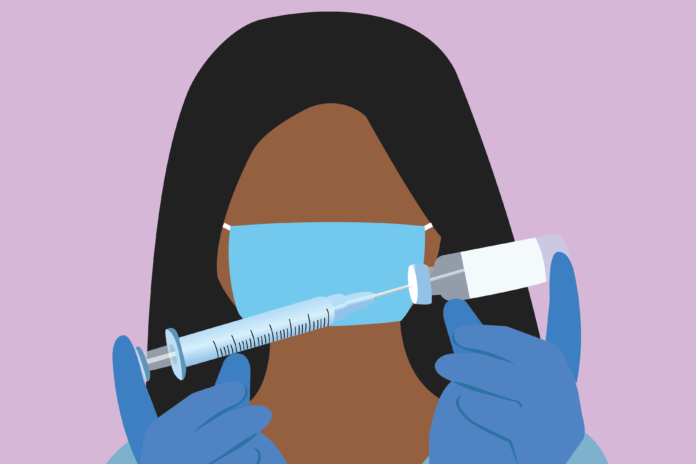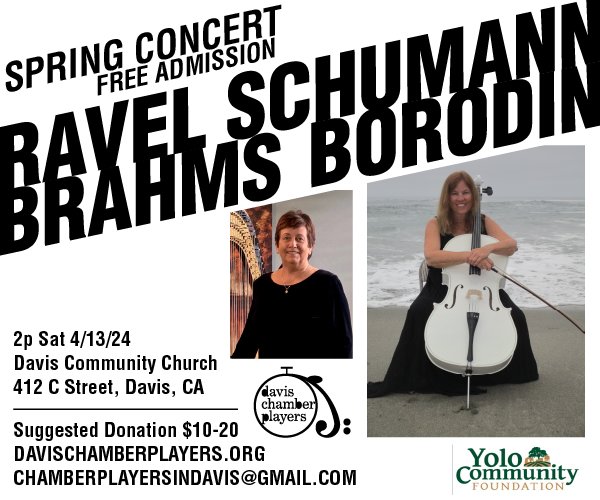Editor’s Note: As of April 13, UC Davis Health has paused all use of the Johnson & Johnson vaccine in accordance with government recommendations and “will determine new plans for providing safe COVID vaccinations to people without housing.”
Staff volunteers supply doses as part of a joint initiative to try to protect vulnerable members of the Sacramento community
The Food and Drug Administration’s (FDA) recent emergency use authorization of the Johnson & Johnson (J&J) COVID-19 vaccine has opened new doors in the fight against coronavirus. Unlike the previously authorized Pfizer-BioNTech and Moderna vaccines, the J&J vaccine does not have to be stored at ultra-low temperatures and only requires one dose. According to Dr. Angela Jarman, a physician in the department of emergency medicine at UC Davis Health, these features make the J&J vaccine ideal for people who might not have consistent access to healthcare, such as those experiencing homelessness.
“The J&J vaccine has made it much easier to vaccinate many of our patients from vulnerable, marginalized, and minoritized communities given that it is only one shot,” Jarman said via email. “This makes it easier for those that are unhoused, lack transportation, or who don’t have access to primary care to get vaccinated.”
As a result, when UC Davis Health recieved shipments of the J&J vaccine, they donated the doses to a local community partnership in order to ensure that the homeless community could receive them. The community partnership consisted of members of the Sacramento Fire Department, City Councilwoman Katie Valenzuela, Harm Reduction Services, Sacramento County Department of Public Health, Sacramento Steps Forward, Loaves & Fishes and Sacramento Homeless Organizing Committee.
Valenzuela said she got involved in the vaccination project through previous efforts to relocate those who were experiencing homelessness.
“We are involved in the relocation effort of the camps under the WX freeway in anticipation of the upcoming construction project,” Valenzuela said. “It was during that process that the idea of vaccinating folks came up, and my chief of staff worked with advocates to identify a way of making that happen.”
According to Valenzuela, people experiencing homelessness were a priority to vaccinate because “folks experiencing homelessness cannot shelter in place. They are out in the community all of the time, greatly increasing their [chances] of exposure—and, unfortunately, their chances of exposing others.”
Jarman decided to volunteer for the initiative because she saw it as the next step in battling the pandemic.
“I am faculty in the Department of Emergency Medicine, so I have been working on the front lines of COVID since the beginning,” Jarman said. “My job is necessarily reactive and we treat sick patients, so the advent and approval of the vaccine has felt like the first proactive thing we can do to try [to] prevent covid infections, aside of course from masking and social distancing, so for me it was really gratifying to be a part of something that will help prevent patients from needing me. Thankfully our department has a diversity, inclusion, and equity committee that has been spearheading efforts to connect volunteers from our department with community vaccine efforts.”
Dr. James Chenoweth, assistant professor and director of toxicology research for the UC Davis Department of Emergency Medicine, was one of the doctors who volunteered their time to the initiative.
“I wanted to help with this project specifically because our homeless population is high risk and can have difficulty accessing medical care,” Chenoweth said via email. “I also know the great work that the outreach team has been doing including mobile clinics and wanted to be a part of it.”
Chenoweth explained the challenges the volunteers experienced while participating in the project.
“We ran into some people that were resistant to getting the vaccine,” Chenoweth said. “In some of those cases it was simply that we woke them up asking if they wanted a vaccine. Some people were initially hesitant until they saw someone else getting it and then decided that they would get it too. Finally, there were plenty of people that were really excited to get the opportunity to get vaccinated. I think the greatest challenge was just seeing what these people were going through.”
Jarman faced similar challenges as Chenoweth when administering vaccinations.
“We have experienced a fair amount of vaccine hesitancy in this community, and that has been the biggest challenge to me,” Jarman said. “As a physician and a scientist it is always challenging when patients elect not to receive potentially life-saving vaccines, but this is something we encounter regularly in the hospital as well. It’s part of our job to ‘meet patients where they are’ and understand and address their concerns. We have found that doing outreach work in preparation of vaccination efforts is helpful so that patients have time to learn about the pros and cons of getting vaccinated without being put on the spot when a clinical team is there.”
Overall, Chenoweth said, “[The patients] are such wonderful people and were very kind to us.” As production of COVID-19 vaccines continues to increase (including that of the J&J vaccine), the hope is to continue programs like these to protect and serve the local community.
Written by: Justin Weiner — science@theaggie.org




